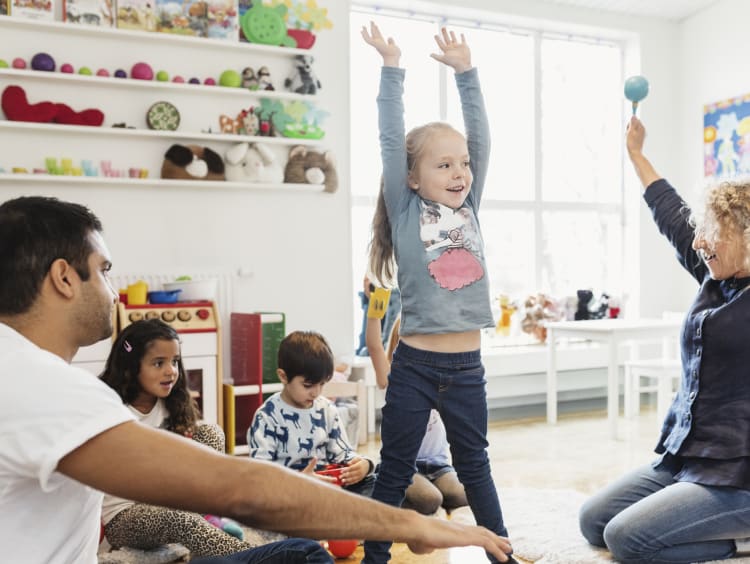4 Ways to Incorporate Brain Breaks in Your Classroom

We all have heard the saying, “the body fuels the mind.” With diminishing time spent focused on physical education, including the absence of recess in some pre-K-5 schools, it is imperative that we offer our students, who sit for long periods of time, breaks during the day to release some energy and help them focus.
Many experts and researchers have indicated that students need physical activity to support their learning. So, here are some quick ways to incorporate brain breaks in your classroom.
Learning Stations
To get your kids up and moving, try using learning stations, allowing your students to go from station to station every 25-30 minutes. Learning stations can also be incorporated if you are departmentalized or teach older students. At least two rotations during a time frame could be advantageous.
Warm-up
At the beginning of the day you can implement a 3 to 5-minute exercise like running in place or jumping jacks to release some energy before you begin modeling and engaging with content. If possible, find a new trendy dance move a student can do for a few minutes, using a timer for consistency. Once you incorporate this from day one, it will become part of their routine.
Wake Up
After lunch or right after the middle of the day students begin to feel sleepy, and a need arises to have them move around a bit to help them wake up and refocus for the rest of the day. Depending on the content you are addressing, you could incorporate a physical activity that supports your lesson.
For example, if you are addressing units of measure, you could have your students measure items around the room as an activity. If you are working on geometry, you could have students identify right, obtuse and acute angles, squares and other shapes around your classroom. In grammar, you could have students act out prepositions like over, under, below, above and so forth. If you teach a language class, you could have students label items in the classroom. With older students, you may have them interview each other for a writing assignment or even pair them up to discuss content, teach one another content and self-assess their work.
Play Music
“Music soothes the savage beast,” or so they say. A few minutes of relaxing music can provide time for students to stretch or simulate some basic yoga to refocus their attention. By the end of the day, students at all grade levels can get tired and start to lose focus. If you need to deliver that last portion of the lesson and have them engaged, this can be a positive way to rejuvenate the focus of your students. The teacher can even join in on occasion!
There are many creative ways to incorporate physical activity in your classroom at least once a day to support instruction. Whatever method you apply in your classroom will result in a more engaged group of students, a strengthened bond between the students and teacher and an overall classroom climate that is conducive to learning.
Are you ready to make the most of a career in education? The College of Education at Grand Canyon University offers a range of extensive programs designed to train the next generation of educators. Visit our website or click the Request More Information button on this page.
The views and opinions expressed in this article are those of the author’s and do not necessarily reflect the official policy or position of Grand Canyon University. Any sources cited were accurate as of the publish date.


